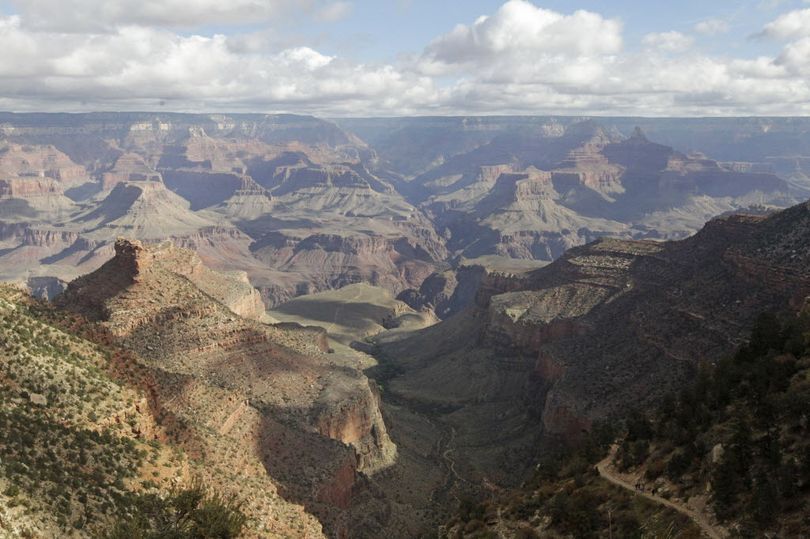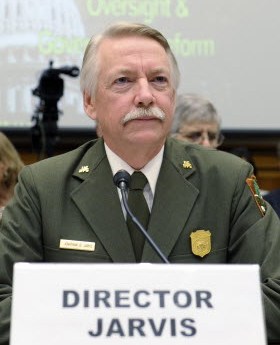Unmanned aircraft banned from national parks

PUBLIC LANDS -- National Park Service lands across the United States, including the agency's national recreation areas such as Lake Roosevelt, are being ordered to prohibit launching, landing, or operating unmanned aircraft on lands and waters, according to a policy memorandum to park superintendents signed today by National Park Service Director Jonathan B. Jarvis.

“We embrace many activities in national parks because they enhance visitor experiences with the iconic natural, historic and cultural landscapes in our care,” Jarvis said. “However, we have serious concerns about the negative impact that flying unmanned aircraft is having in parks, so we are prohibiting their use until we can determine the most appropriate policy that will protect park resources and provide all visitors with a rich experience.
Unmanned aircraft have already been prohibited at several national parks. These parks initiated bans after noise and nuisance complaints from park visitors, an incident in which park wildlife were harassed, and park visitor safety concerns. For example:
Last September, an unmanned aircraft flew above evening visitors seated in the Mount Rushmore National Memorial Amphitheater. Park rangers concerned for visitors’ safety confiscated the unmanned aircraft.
In April, visitors at Grand Canyon National Park gathered for a quiet sunset, which was interrupted by a loud unmanned aircraft flying back and forth and eventually crashing in the canyon. Later in the month, volunteers at Zion National Park witnessed an unmanned aircraft disturb a herd of bighorn sheep, reportedly separating adults from young animals.
- The video below shows one of many ways drones and cameras have been used in national parks.
The policy memorandum directs park superintendents to take a number of steps to exclude unmanned aircraft from national parks. The steps include drafting a written justification for the action, ensuring compliance with applicable laws, and providing public notice of the action.

The memorandum does not affect the primary jurisdiction of the Federal Aviation Administration over the National Airspace System.
The policy memorandum is a temporary measure. Jarvis said the next step will be to propose a Servicewide regulation regarding unmanned aircraft. That process can take considerable time, depending on the complexity of the rule, and includes public notice of the proposed regulation and opportunity for public comment.
The policy memo directs superintendents to use their existing authority within the Code of Federal Regulations to prohibit the use of unmanned aircraft, and to include that prohibition in the park’s compendium, a set of park-specific regulations.
All permits previously issued for unmanned aircraft will be suspended until reviewed and approved by the associate director of the National Park Service’s Visitor and Resource Protection directorate. The associate director must approve any new special use permits authorizing the use of unmanned aircraft. Superintendents who have previously authorized the use of model aircraft for hobbyist or recreational use may allow such use to continue.
The National Park Service may use unmanned aircraft for administrative purposes such as search and rescue, fire operations and scientific study. These uses must also be approved by the associate director for Visitor and Resource Protection.
